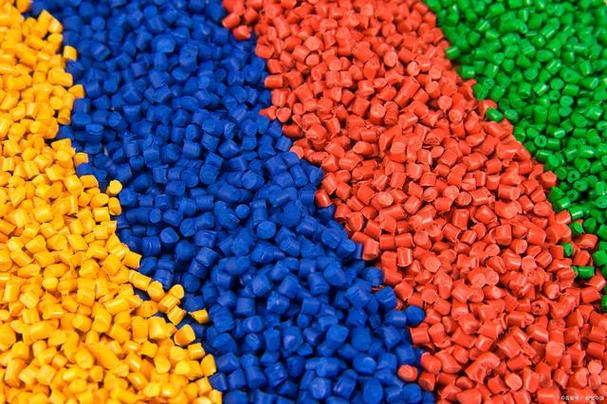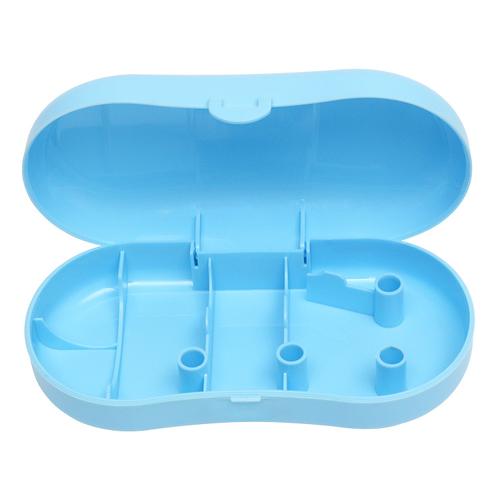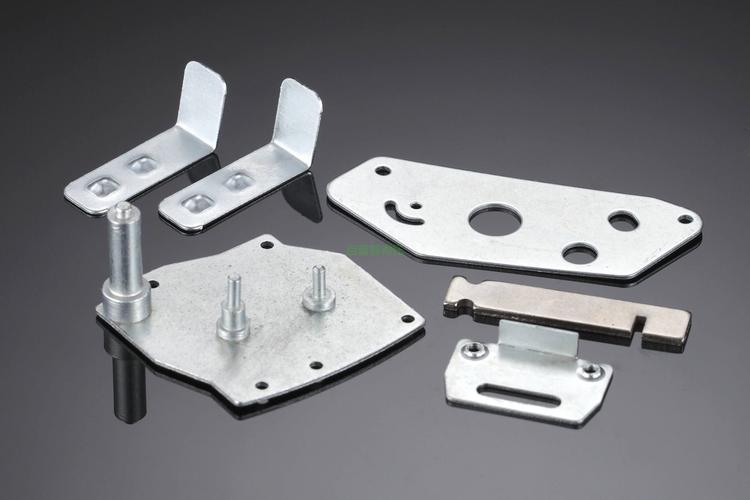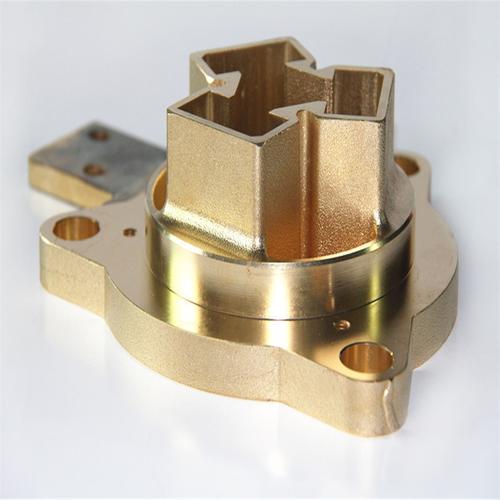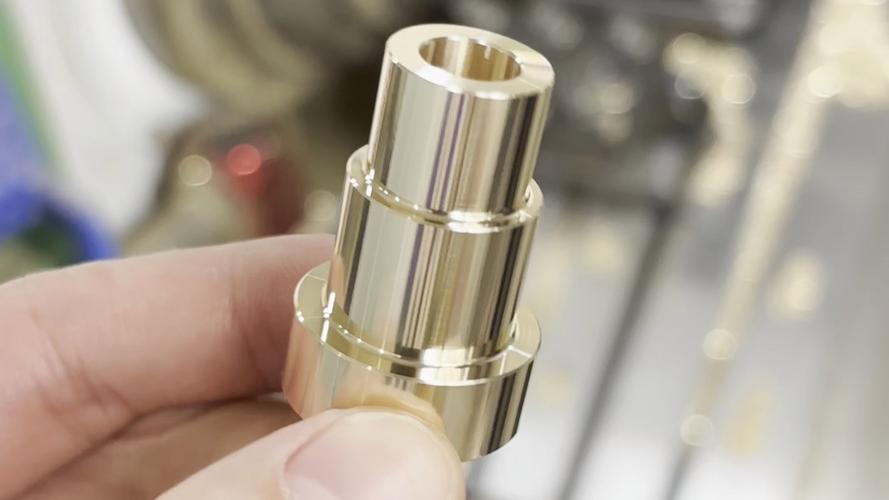The easiest plastic to injection mold is polypropylene (PP). Its unique combination of material properties and processing flexibility makes it ideal for beginners and straightforward applications, minimizing common molding challenges.
Why is polypropylene (PP) the easiest?
PP’s characteristics simplify nearly every stage of injection molding:
- Low melting point and viscosity:
PP melts at a relatively low temperature (160–170°C) compared to other plastics (e.g., ABS melts at 200–250°C). This reduces energy consumption and shortens cycle times. Its low viscosity when molten allows it to flow smoothly through mold cavities, even those with thin walls or intricate details, reducing the risk of underfilling.
- Minimal shrinkage and warping:
While all plastics shrink during cooling, PP has predictable, low-to-moderate shrinkage (1–2%), and it shrinks uniformly. This makes it easier to account for in mold design, reducing the need for complex adjustments to avoid warping or dimensional errors.
- Versatility with mold designs:
PP works well with simple molds (including aluminum molds, which are cheaper and faster to produce than steel). It doesn’t require aggressive cooling systems or specialized ejection mechanisms, as it releases from molds easily—even with minimal draft angles (tapered walls to aid ejection).
- Tolerance for process variations:
PP is forgiving of minor fluctuations in injection pressure, speed, or temperature. For example, slight overpressure is less likely to cause flash (excess plastic seeping from the mold) compared to stiffer plastics like acetal. This makes it more forgiving for operators still learning to optimize machine settings.
What other plastics are relatively easy to mold?
While PP is the easiest, several other plastics are also beginner-friendly:
- Polyethylene (PE): Similar to PP, PE has low viscosity and shrinkage, though it is slightly softer and more flexible. It’s ideal for parts like bottles or containers.
- Polystyrene (PS): Has excellent flow properties and molds into clear, rigid parts (e.g., disposable cups). However, it is more brittle than PP, limiting its use in load-bearing applications.
- Acrylonitrile Butadiene Styrene (ABS): A step up in complexity but still manageable. It offers better impact resistance than PP but requires higher temperatures and more precise pressure control to avoid defects like weld lines.
What applications is PP best suited for?
PP’s ease of molding and balanced properties make it perfect for:
- Household items: Food containers, bottle caps, and storage bins.
- Packaging: Thin-walled containers and lids.
- Automotive parts: Interior trim and non-structural components.
- Consumer goods: Toys, garden tools, and disposable cutlery.
When might PP not be the best choice?
PP has limitations: it is less rigid than ABS, less heat-resistant than nylon, and prone to UV degradation (though additives can mitigate this). For high-strength, heat-resistant, or transparent parts, other plastics may be necessary—even if they are harder to mold.
Conclusion
Polypropylene (PP) stands out as the easiest plastic to injection mold due to its low melting point, smooth flow, predictable shrinkage, and tolerance for process variations. It’s an excellent starting point for beginners or for producing simple, high-volume parts. While other plastics like PE or PS are also manageable, PP’s versatility and forgiving nature make it the top choice for hassle-free injection molding.
